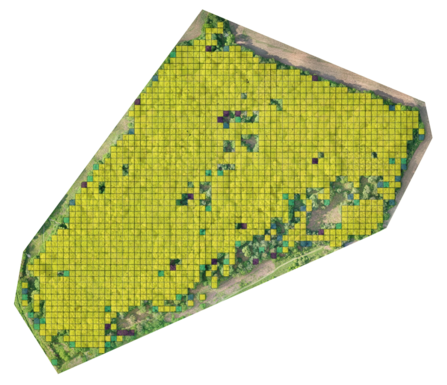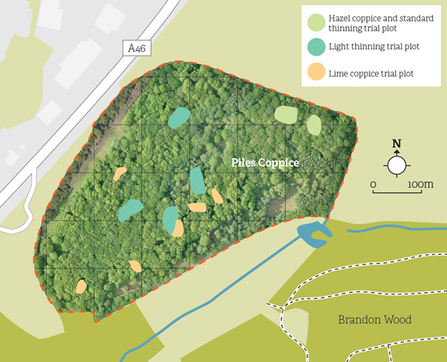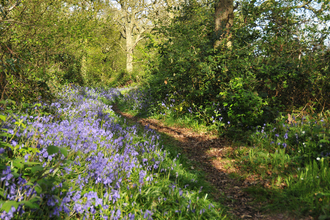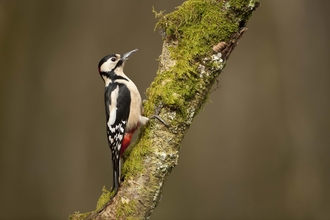Piles Coppice is a unique woodland. Set in a wild and rich landscape, just north of Brandon Marsh and on the doorstep of Coventry, it forms part of our Brandon Reach nature reserve, of which we are very proud. It also forms part of the 450 hectares of woodland that Warwickshire Wildlife Trust owns or manages for the benefit of wildlife
and people.
The Trust took on the management of Piles Coppice in 2018. It is an important woodland that we want to see protected long into the future, which is why our woodland management plans are so very important and carefully considered. One of the biggest threats to a woodland’s health and resilience is the loss of variety in age and structure. Over time, without help, a woodland will revert to a closed tree cover, or canopy, made up of trees all of a similar age. This is much less valuable for wildlife and means the trees are less able to adapt to new and emerging threats.
Also, without light, the next generation of trees such as oak and lime will not survive to replace the existing trees when they come to the end of their life. Without a difference in height and age, the wildlife that one level of leaves and branches can support is limited. Having multiple levels increases the variety of wildlife who can make those trees their home. Warwickshire Wildlife Trust is looking to bring back woodland management to Piles Coppice to help increase the diversity of the woodland habitats there.
As the woodland has not been managed for several decades, our first step is to identify and to start work on small plots, to analyse the way the woodland reacts.




